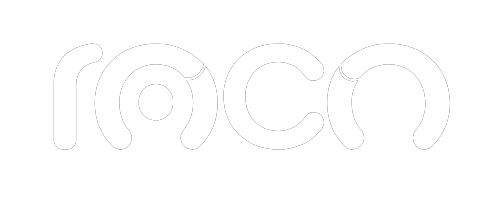Understanding market segment classification is essential for any truly effective marketing strategy. By properly segmenting consumers, it's possible to create more relevant messages, optimize resources, and improve engagement with each audience.
In this article, we'll explore what market segment classification is, why it's important in today's digital environment, the main types of segmentation, and how to apply it to SEO strategies and campaigns like Google Ads to achieve better results.
What is Market Segment Classification?
Market segmentation involves dividing a broad market into subgroups of consumers who share common characteristics, needs, or behaviors. This practice allows companies to better understand their audiences and design more personalized and effective products, services, and messages.
By segmenting correctly, companies not only improve the user experience, they also use their resources more efficiently, achieving more profitable and better-targeted campaigns.
Importance of Market Segment Classification
Correctly classifying your market segment allows you to target your marketing efforts toward consumers who are truly interested in your products or services. This translates into better resource allocation and more effective campaigns that reach the right audience at the right time.
In addition, it facilitates the personalization of messages and offers, which significantly improves conversion rates. It also allows for the development of content aligned with the real needs of each audience and the identification of business opportunities in underserved or underexplored segments.
Types of Market Segmentation
There are several ways to classify a market. Each type of segmentation addresses a different approach and is used depending on the type of business, product, and campaign objective.
Demographic Segmentation
It organizes the market into groups defined by objective and measurable characteristics, such as age, gender, educational level, income, or marital status. This methodology facilitates the identification of consumer profiles with similar behaviors, allowing for the design of more focused and efficient strategies within the marketing plan.
Psychographic Segmentation
It involves dividing the market according to lifestyles, interests, values, opinions, personality, or motivations. This approach allows for a deeper understanding of consumer behavior, making it easier to design campaigns and products that connect emotionally with each segment.
Geographic Segmentation
It groups consumers according to their physical location, whether by country, region, city, climate, or population density. This market segment classification allows marketing strategies to be tailored to the unique characteristics of each area, considering factors such as culture, language, climatic conditions, and regional consumer habits.
It is especially useful for optimizing product distribution, adjusting prices, and designing campaigns that respond to the specific needs of each geographic area.
Behavioral Segmentation
It focuses on analyzing consumer behavior, considering aspects such as purchasing habits, frequency of use, level of brand engagement, and reactions to different marketing actions.
This classification allows us to identify patterns that help personalize strategies and design more effective actions according to the level of interaction of each group with the products or services.
How to Apply Market Segment Classification to Digital Marketing?
Here's how to effectively apply market segment classification within your digital marketing strategies to achieve more accurate and profitable results.
Keyword Research for Each Segment
An effective SEO strategy starts with understanding what your market segments are looking for. Using tools like Google Keyword Planner or Semrush It allows you to identify the specific searches of each audience, which facilitates the creation of more relevant content that is better positioned in search engines.
Creating Relevant Content
Each market segment has different needs, interests, and motivations, so it's necessary to tailor communications specifically. Developing personalized content, whether blogs, landing pages, or ads, allows you to connect more directly with each audience, increasing the relevance of your message and improving conversion rates.
Technical and Visual Optimization
Creating content isn't enough. You must tailor your images, calls to action, and page structure to each type of user. The tone, language, and benefits highlighted must be tailored to each segment's motivations.
How to Boost Market Segment Ranking with Google Ads?
international Google Ads It allows you to apply market segment classification in highly targeted campaigns. This translates into greater advertising efficiency and better results.
- Precise Segmentation by Interests and Behavior: With Google Ads, you can filter your audience by location, demographics, interests, and even recent purchasing behavior. This ensures your ads reach the right people, with a higher likelihood of conversion.
- Adaptation of Creatives by Segment: Each group may respond better to different messages. With segment-specific campaigns, you can test different titles, descriptions, and images to determine what resonates best.
- Alignment with SEO Strategies: While SEO works to attract long-term organic traffic, Google Ads can give you immediate results. Using both strategies in a complementary way, targeting the same segments, increases your conversion opportunities.
Market segment classification isn't just a marketing technique; it's a strategic tool that allows you to better understand your consumers and connect with them more effectively. Applying it correctly to your digital strategy, whether through SEO, content, or paid campaigns, can make a significant difference in your results.
Boost Your Strategy with Effective Segmentation!
At Agencia Roco We help you apply market segment classification to your digital strategy to attract more qualified customers and improve your results. Discover how segmented SEO can transform your online visibility.





